Reconstruction Era: Lessons for Fighting Fascism
Reconstruction Era
Lessons for Fighting Fascism
This is not the time to become complacent about our democratic rights to protest and to vote. Although some fascist politicians were defeated in the 2022 midterm elections, others are rising in their places. The subjective expressions may change, but the danger of fascism in America is systemic. The Supreme Court is still busy stripping the American people of their rights, and armed militia groups continue to recruit and show up to intimidate peaceful protestors.
Parallels with Reconstruction
Many people are not aware that today’s attempts to undermine and subvert democracy bear a striking resemblance to those used to overthrow the Reconstruction governments of the South in the 1870s. An alliance of Northern and Southern capital at that time organized a sustained series of electoral campaigns, court rulings, and acts of political violence to destroy the limited but unprecedented democracy practiced by Reconstruction governments.
The violence began even before Reconstruction governments were firmly established. Historian Eric Foner described in A Short History of Reconstruction how the Ku Klux Klan was founded in 1866 as a social club in Tennessee and soon spread across the South as an instrument of terror used against Republican leaders both black and white. Foner’s description of the Klan sounds eerily similar to the modern militia movement:
The Klan, even in its heyday, did not possess a well-organized structure or clearly defined regional leadership. In effect, the Klan was a military force serving the interests of the Democratic party, the planter class and all those who desired the restoration of white supremacy. It aimed to destroy the Republican Party’s infrastructure, undermine the Reconstruction state, reestablish control of the Black labor force, and restore racial subordination in every aspect of Southern life.
One of the ironies of history was that in the 1870s, it was the radical wing of the Republican Party that was fighting for multi-racial democracy, while the Democrats were struggling to suppress it by any means necessary, including violence.
Klan violence was specifically organized to target local Republican leaders all across the South with kidnappings, torture, rape, and murder. It attacked mainly African Americans, but white Republicans as well: three white “scalawag” Georgia legislators were murdered and ten others driven from their homes. Newspaper offices were burned down. When Republicans won office in Laurens County, South Carolina, white mobs killed 13 African Americans and drove 150 mainly African American residents out of their homes, including an elected judge and a Black legislator. In Meridian, Mississippi when three African American leaders were arrested for “incendiary” speeches, pro-Klan militants broke into the courtroom, killed the Republican judge and two of the defendants, and proceeded to lead rioting that murdered almost every black leader in the town. When Republicans won narrow victories in key South Carolina counties in 1870, organized mobs beat hundreds of African Americans, murdered eleven, and forced thousands to flee from their homes.
The level of violence today does not match the scale, impunity, and sheer horror of 19th and 20th century Southern violence, but the similarity of its forms should serve as a warning to stop them now before they get worse. Klan activities in the 1870s were condoned and excused by the Democratic leadership:
Prominent Democrats either minimized the Klan’s activities or offered thinly disguised rationalizations for them. Some denied the organization’s existence altogether, dismissing reports of violence as electoral propaganda from a Republican “slander mill.” Others characterized the victims as thieves, adulterers, or men of ‘bad character’ who deserved their fate.
Elections were frequently disputed, and disputes were often resolved by armed conflict, as happened in 1873 at the Colfax Massacre in Louisiana. On the eve of Mississippi’s 1875 election, night riders drove freedmen’s families from their homes and threatened to kill them if they tried to vote. Democrats won by seizing ballot boxes and destroying them, or replacing Republican ballots with their own. Republicans who still held office were forced to resign under threat of assassination. The Democratic-dominated legislature then impeached black Lieutenant Governor Alexander Davis and forced Governor Adelbert Ames to resign and flee the state.
Most of all, violence raised in its starkest form the question of the legitimacy that haunted the Reconstruction state. Indeed, as a former Confederate officer observed, it was precisely the Klan’s objective ‘to defy the reconstructed State Governments, to treat them with contempt, and show that they have no real existence.’
Bannon-Trump fascists
This is in fact a similar playbook to that being followed by the Bannon-Trump section of the fascists today. Like the Klan of the 1870s, they are concentrating their fire on elected officials and on the voting system itself. Their recent electoral setbacks have not deterred them from their plans, and in any case, new fascists are arising every day to take up where others may leave off. By delegitimizing democratic elections, they intend to open the door for political decision-making by terroristic dictatorship.
Political science professor Barbara F. Walter points out how political violence works. “They want people to be confused when violence starts happening,” she said. “They want people to not understand what’s going on, to think that nobody’s in charge. Because then they can send their goons into the streets and convince people that they’re the ones in charge.” In fact, this was the aim of the January 6 insurrectionists, and they have every intention of trying it again whenever the occasion arises.
But militias are only the cutting edge of the fascist offensive. They cannot operate without a social base. The ruling class has launched a war of ideas to build that base, spending a record $16.7 billion on the 2022 state and federal elections alone, not including the covert fascist narratives in mainstream media, or the overt ones in social media platforms.
Fascism won’t work in the U.S.
The role of revolutionaries is not only to warn the working class about the dangers it faces, but also to deeply assess the entire economic and political situation and point out the path to victory. Fascists in the United States may initiate a period of great turmoil and violence, but they cannot hold power for long. The role of social media and use of telephone video cameras makes the gruesome violence of Klan-like organizations impossible to conceal or minimize today. One video of the George Floyd murder moved 26 million people into the streets.
Demographic trends in the United States make extended fascist control impossible. The coming transition to a majority-minority population complicates the ability to use the historic pillar of white supremacy to divide and conquer the working class as effectively as was done in the nineteenth century. More important than mere population change, however, is the economic transformation. The emergence of a new class of workers separated from the formal economy is removing some of the white privileges that made unity impossible in earlier eras. The trend toward an equality of poverty of large sections of white, Latino, and Asian workers with their African American counterparts makes it increasingly difficult to isolate and attack them, the way nineteenth century fascists were able to do. As the Floyd rebellion showed, even the degree of isolation imposed on African Americans when mass incarceration was ramped up in the 1980s and ’90s is no longer as possible.
Above all, the growth in the sheer numbers of workers displaced from production – or never allowed to enter production – is making the American working class impossible for the system to contain or control. Today’s movement for basic needs will ultimately experience betrayal by corporate Democrats, just as Reconstruction was betrayed by corporate Republicans. The difference is that capitalism in the nineteenth century – despite temporary depressions – had vast opportunities for expansion that simply no longer exist today. When today’s automation reduces labor, it also reduces the overall rate of profit and therefore restricts the system’s ability to attract investment in new production, causing the prolonged economic stagnation and decline we have experienced since 2008.
The revolutionary movement today lives at the intersection of the fight for democracy and the fight for basic needs. The millions being cast aside by the corporate economy are step by step beginning to organize and understand that they are a social force. They have the power to overturn this dying system and to build a new one.
The next steps are to work with newly elected progressive Congressmembers and state and local officials to amplify the movement for basic needs. The time has come to create new policy doors, like the various versions of social housing and Medicare for All, for the movement to drive through and make and consolidate gains. The 2024 election will be decided not just in the ballot box, but all around it – in the streets, in lawsuits, in civil disobedience, and possibly in pitched battles at polling places. The responsibility of revolutionaries is to prepare the people to win.
March/April 2023 Vol33. Ed2
This article originated in Rally, Comrades
P.O. Box 477113 Chicago, IL 60647 rally@lrna.org
Free to reproduce unless otherwise marked.
Please include this message with any reproduction.
Stay connected with The League of Revolutionaries for a New America and informed about upcoming events by following us on social media –
EVENTS CALENDAR: https://lrna.org/events-calender/
YOUTUBE: https://www.youtube.com/@ LeagueofRevolutionaries
FACEBOOK: https://www.facebook.com/
INSTAGRAM: https://www.instagram.com/
TIKTOK: https://www.tiktok.com/@
TWITTER: https://twitter.com/
















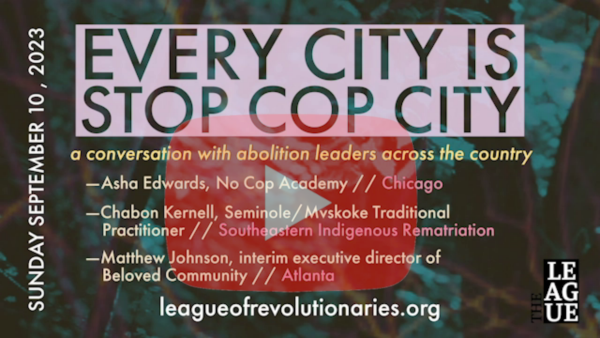



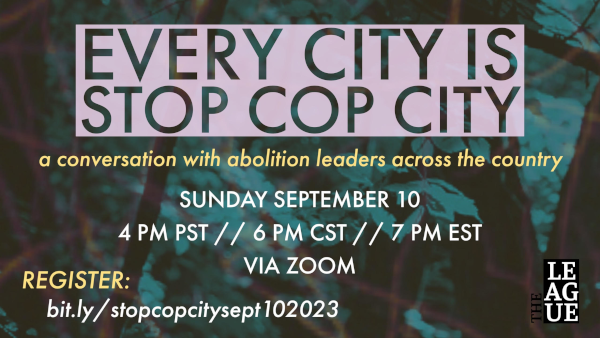









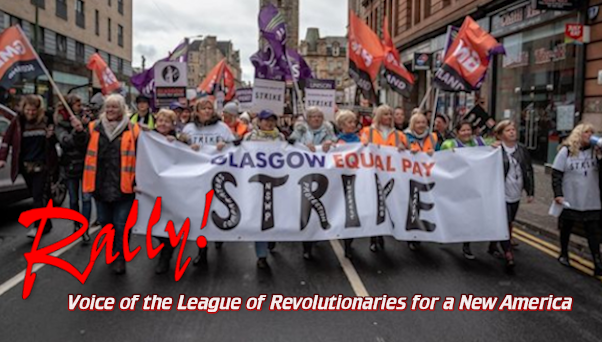

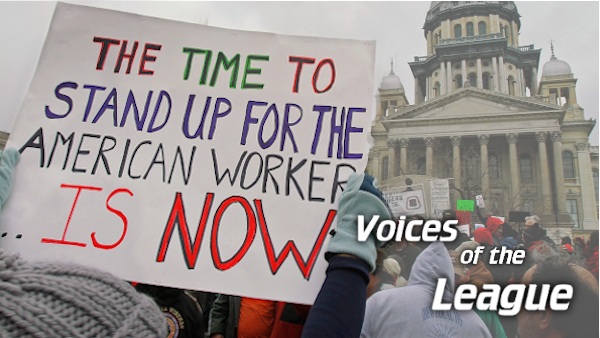



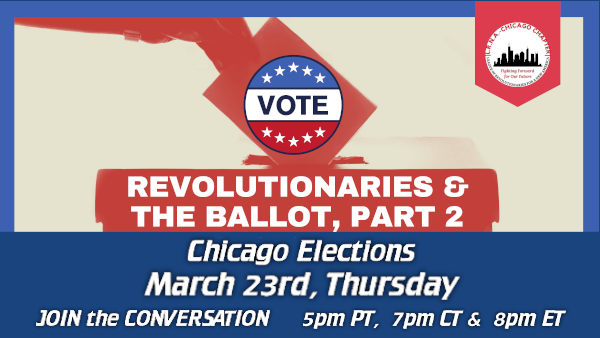









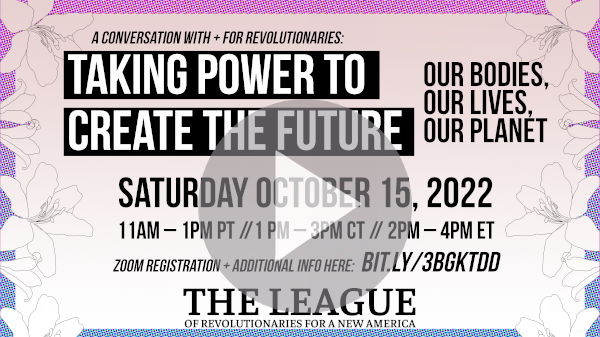



















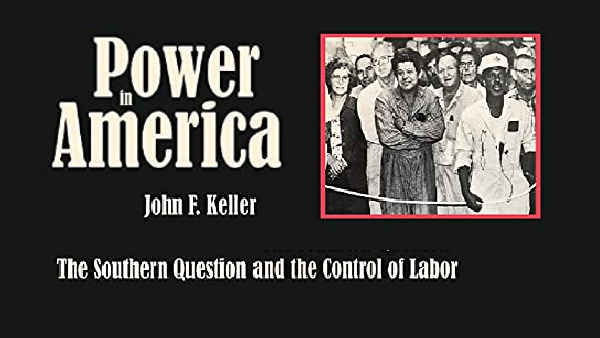











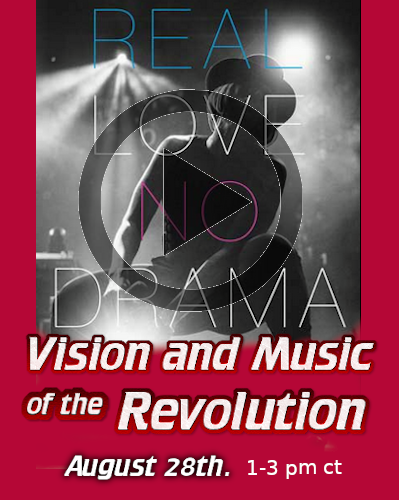

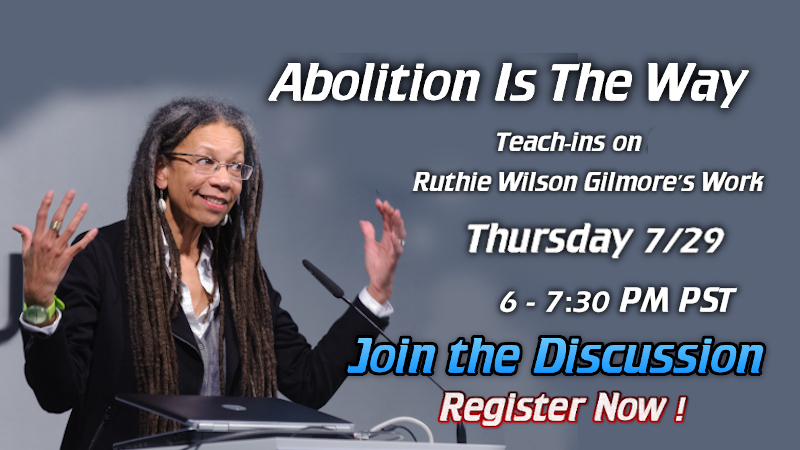



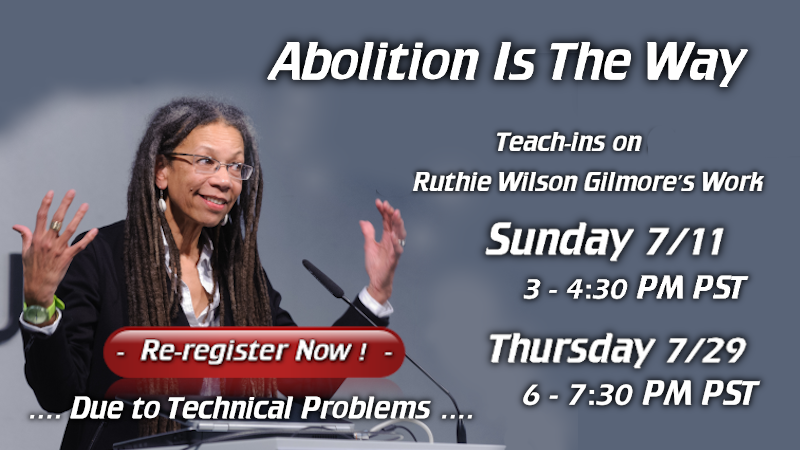

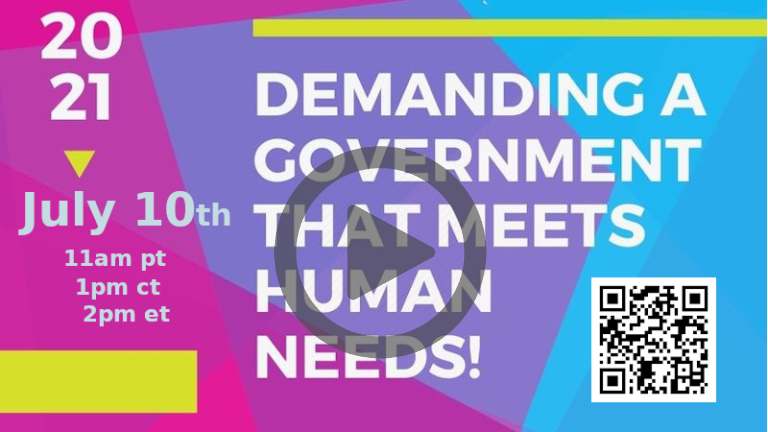














What a superb piece of writing! Both the thoroughness and lucidity of your analysis are much appreciated. Your data was both practical and pertinent. This is a post that I will return to at a later date. Your knowledge and insight are much appreciated.